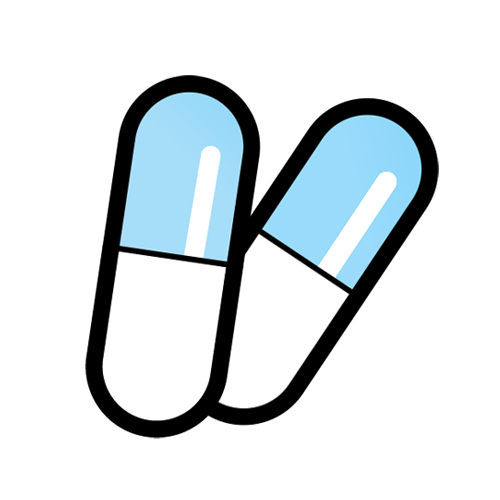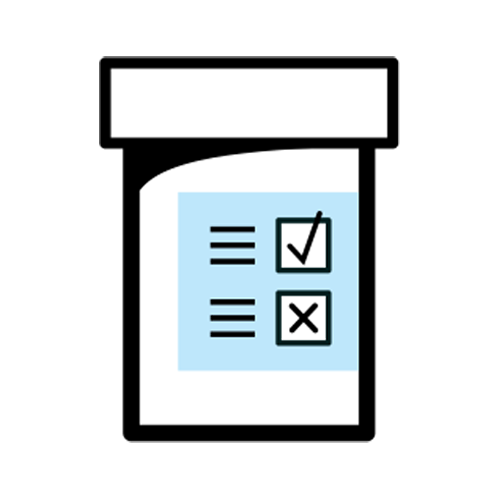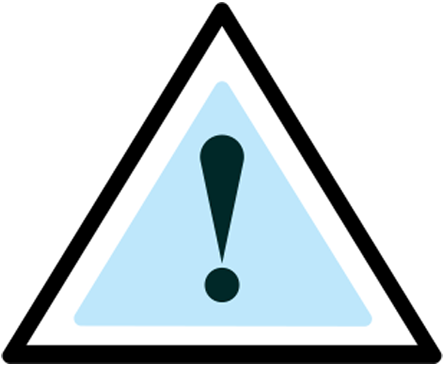We all take medicine at some point in our lives, but sometimes there are unexpected side effects. That’s why there are steps in place to monitor the safety of medicines and vaccines and protect patients from harm.
Follow Lisa’s story to see what happens in the cycle of medicines safety.

This is Lisa...
She is 55 years old and has type 2 diabetes. Her recent laboratory results indicate that her blood glucose levels are no longer controlled by diet and the medicine she has been taking.
Treat
All medicines can cause side effects. Although most side effects are mild, some are life threatening or even fatal. While completely avoiding risks is impossible, it is important to make sure that the benefits continue to outweigh the risks.
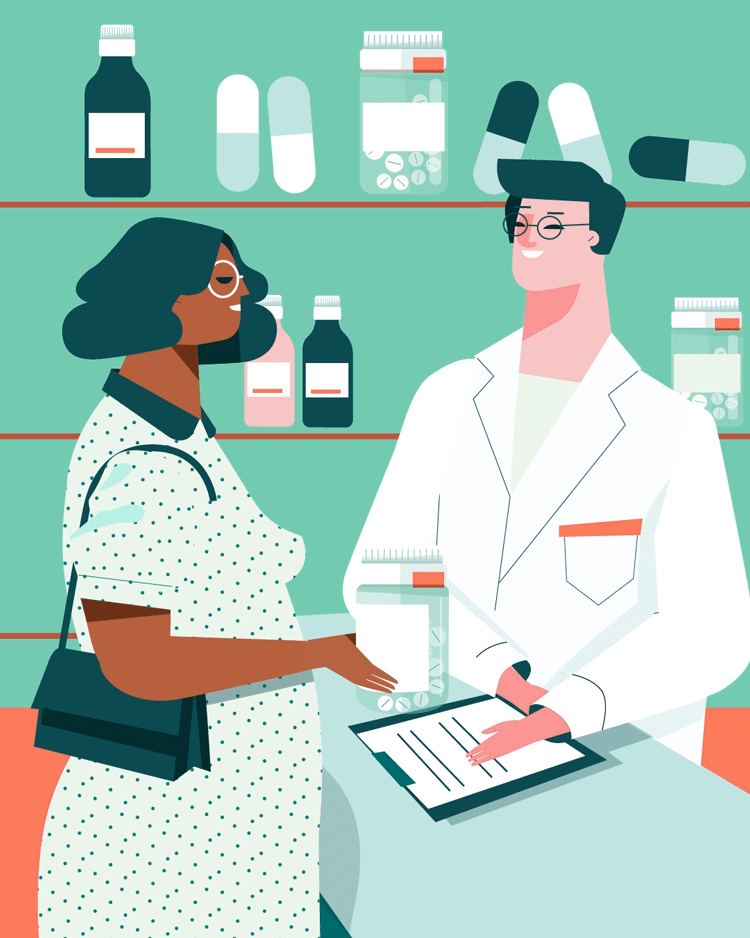
Lisa’s doctor prescribes her Loglutin, a new medicine that has just come on to the market. Lisa collects the medicine from her local pharmacy. The pharmacist informs her of the known potential side effects: headache, muscle pain and rash.
After a week Lisa develops abdominal pain and nausea and a few days later she notices her skin is turning yellow. She wonders if it has something to do with her new medicine. She makes an appointment with her doctor to find out.

Recognise
Side effects can occur for many reasons such as allergic reactions or interactions with other medicines. Before a medicine or vaccine is approved, it is tested thoroughly. As a result, we know what the most common side effects are. But rare side effects may not emerge until a medicine has been in use for some time and many patients have been exposed to it.
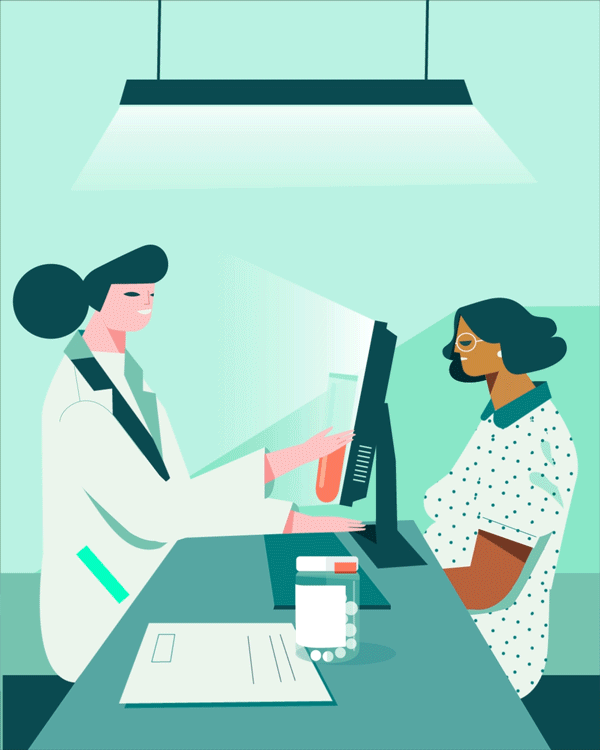
Lisa’s doctor does blood tests, which confirm her suspicion that Lisa has developed hepatitis (inflammation of the liver). She checks that Lisa is not taking any other medications that could be the cause of the hepatitis. She also orders more tests to confirm that there are no other possible causes, such as viral infections or cancer. She advises Lisa to stop taking Loglutin.
Over the next two weeks Lisa experiences no abdominal pain or nausea, and her skin clears up. Also, her liver function tests are almost back to normal.

Report
Anyone can report a suspected side effect to a medicine. These reports are a vital source of information for regulators and scientists to identify emerging safety issues. By reporting suspected side effects, we can all contribute to the safer use of medicines.
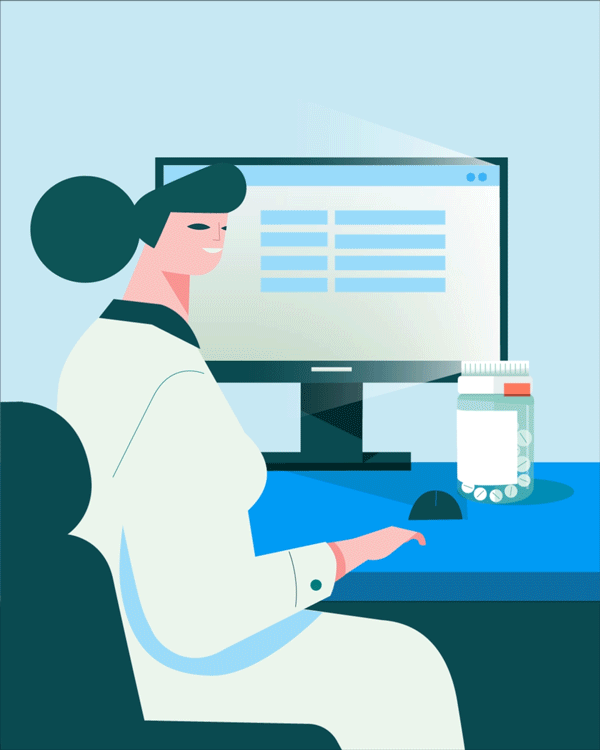
Lisa's doctor fills out a report for the side effect Lisa has experienced as, like Lisa, she suspects Loglutin may be the cause. Hepatitis was not listed as a known side effect. She sends the report to the national regulatory authority.
Collect
Countries collect reports of potential side effects from medicines and store them in their national database. Many countries use VigiFlow, a system developed by UMC, to help them manage their data and share it with other countries.

Lisa’s case is added to the national database of suspected side effects from medicines. Since Lisa’s country is a member of the WHO Programme for International Drug Monitoring, her report is shared with VigiBase, the WHO global database of adverse reports for medicines and vaccines.
Managed by UMC, VigiBase contains over 35 million reports submitted by members of the WHO Programme for International Drug Monitoring.

Analyse
Reports of suspected side effects from medicines require careful clinical review to see if there is a relationship between the medicine and the side effects that have been reported.

Lisa's report is reviewed by a case assessor who finds similar reports on Loglutin and hepatitis in the national database and VigiBase. In a small number of cases serious liver damage occurred.
Further analysis at the national regulatory authority shows it is probable that Loglutin caused Lisa’s hepatitis.

Act
When side effects from medicines are detected, the regulatory authority decides if any action should be taken. This could result in safety alerts, labelling changes and sometimes even product withdrawals or recalls.

In Lisa’s case, the regulatory authority decides that the drug manufacturer has to make changes to the Loglutin label. Hepatitis is added to Undesirable Effects and the possible risk of serious liver problems is added to the Warning section.
Communicate
If a medicine is found to cause a rare and serious side effect, that information needs to be communicated to patients. This can help minimise harm to patients by making healthcare providers aware of the risks associated with medications.
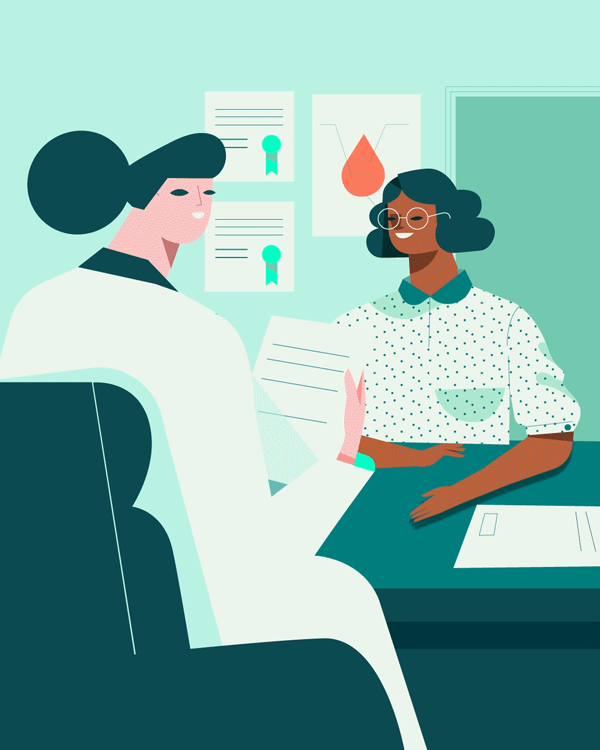
Label changes can be communicated to healthcare providers in various ways. In the Loglutin–hepatitis case an advisory letter is sent to prescribers, with additional information available on the national regulatory authority’s website. Lisa’s doctor shares the news with her.
Prevent
Studies show that around 5% of hospital admissions are due to side effects from medicines, of which almost half are preventable. Anticipating and managing side effects is key to reducing this burden.
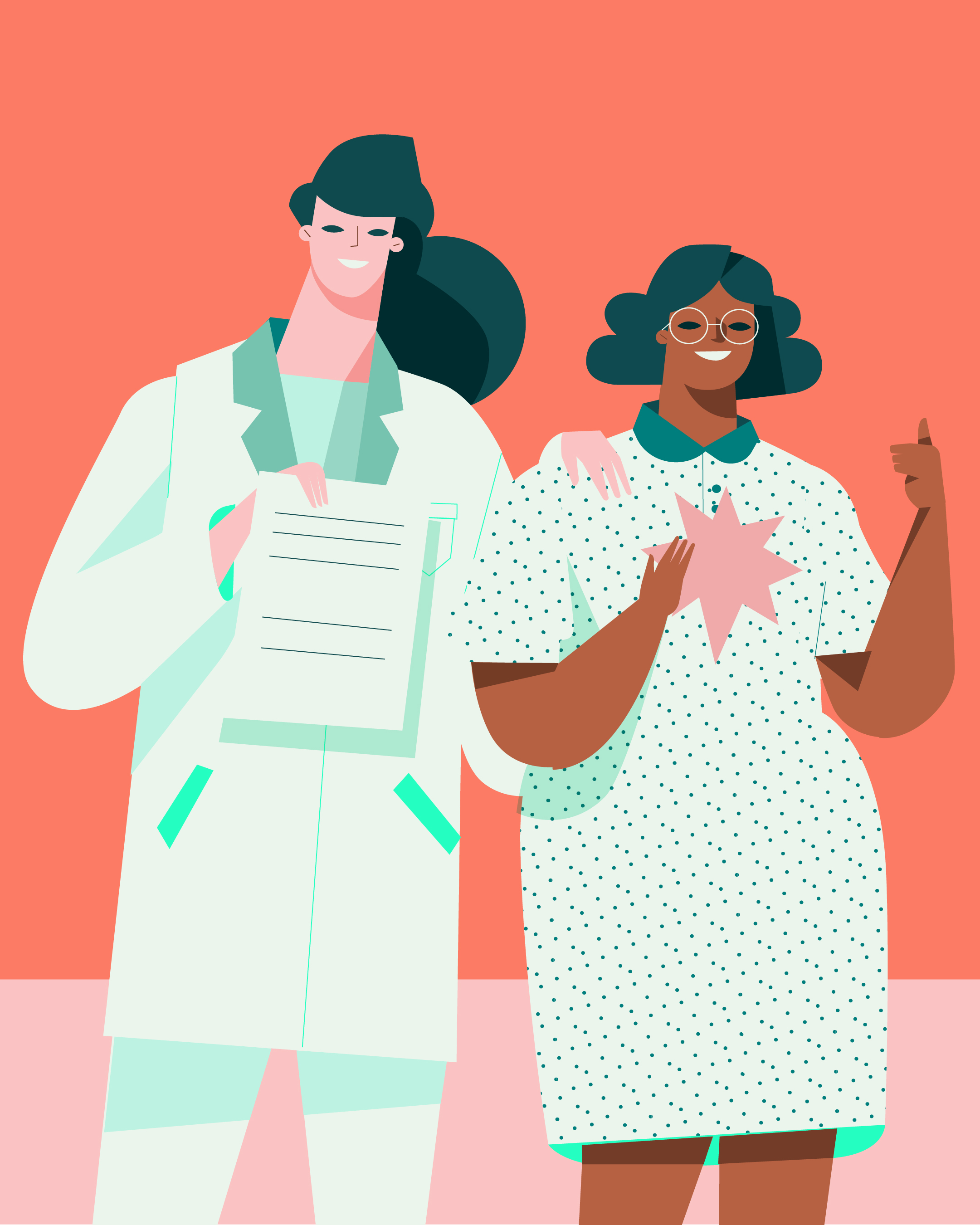
Reporting Lisa’s experience has contributed to the known risks of Loglutin. Reports may not only lead to the discovery of previously unknown side effects but can also provide new knowledge on how to mitigate these risks.
Lisa’s doctor changes her medication to another type 2-diabetes medicine – Glucotan – from which she is experiencing no side effects.

And so the cycle continues: recognising and reporting side effects contributes to the safer use of medicines for patients everywhere.
